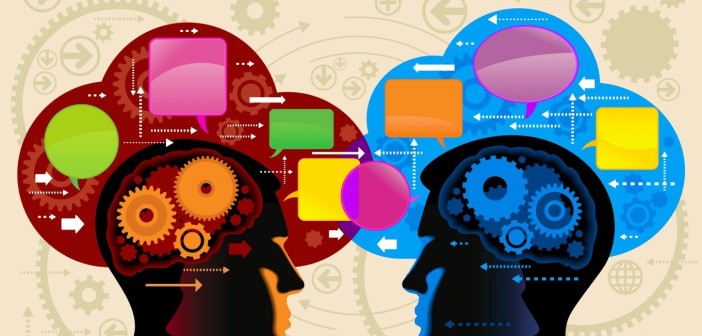The ability to quickly encounter, breakdown and assimilate new information is a big part of the learning process, and it’s also important toward developing better critical thinking skills. The modern world, however, is a sea of information, and not all of it is useful. With the right approach to comprehension, learners can rapidly digest new information and put it to work.
Make a List of Five Key Points
One of the best ways to comprehend any material is to make a list of important points that were covered. The simple act of note taking forces a learner’s mind to distill the concepts in question and translate them into something that aligns with their own thought processes. The point of creating a list of key ideas is to force the listener to break the larger content down into a handful of smaller concepts that provide a broad view of the material. That broader view can then form the basis of takeaway material that aids comprehension and allows learners to look back at it at a later time.
As an additional step, notes can be converted into a set of multiple-choice test questions. The process of creating wrong answers can help improve comprehension of the correct ones. One method for improving comprehension even more through note taking is to turn it into a collaborative effort. Small groups can be created, and members can then participate in the process of assembling notes into multiple-choice questions. This can fire up a discussion of the materials, and it also offers people who may have struggled with the content a chance to bounce their concerns off of other listeners and hear what they took it to mean.
Maintain Eye Contact and Undivided Attention While Listening
Eye contact is a major component of most human interactions, and one way to improve comprehension is to provide undivided attention to someone who is speaking. Purposely maintaining eye contact can also help shy people improve their comprehension efforts, and it also helps comprehension among groups that are often culturally stereotyped as less forceful in their engagement, such as women. As an added bonus, the speaker may even benefit from seeing that listeners are engaged, allowing everyone to benefit from an improved experience.
According to The Reading Clinic, “It’s also beneficial for learners to be relaxed while listening. While a listener should maintain eye contact, it’s not necessary to stare right at a speaker the entire time. The important thing is to maintain focus on the speaker and not allow outside distractions to detract from the content being presented.”
Thinking Aloud and Making Predictions
The goal of comprehension is ultimately to take the materials and put them to good use, and a solid way to reach that goal is to simply practice doing it. Openly stating to another person what the content of a speech or a written passage was can aid in comprehension. By fostering dialogue, it also allows learners to hear differing viewpoints about a subject and learn to view it from all side.
Making predictions, while a notoriously bad choice of professions, is a wonderful way to encourage comprehension. Trying to connect the underlying ideas and extend them into the future forces the mind to work through what elements are important in producing a new outcome. Predictions can then be reviewed for errors, and the process of checking for faulty logic can help a learner see where they may have missed a critical aspect of a subject. By correcting the prediction and making a new one, the learner can begin to comprehend the subject on a more functional level.




